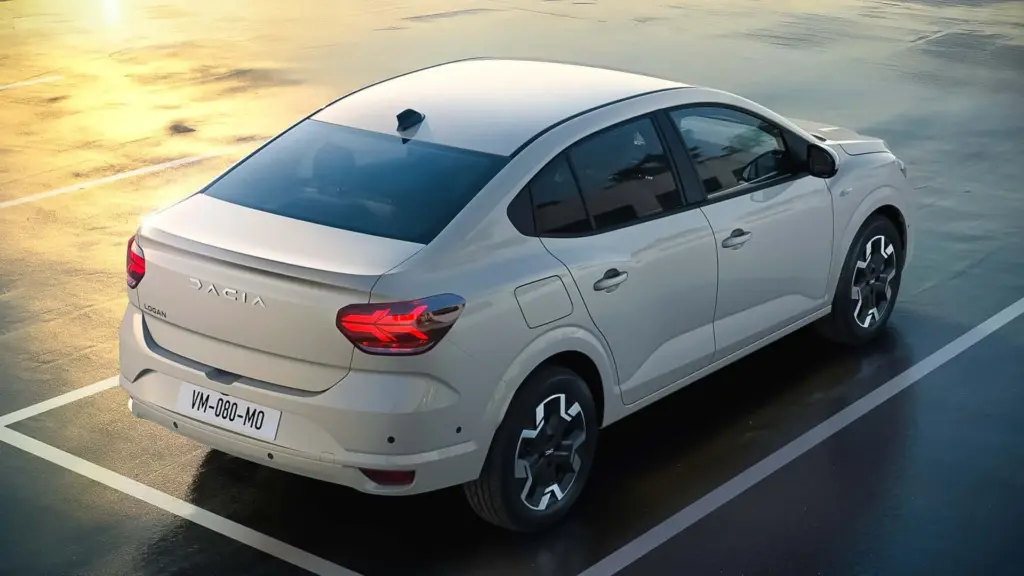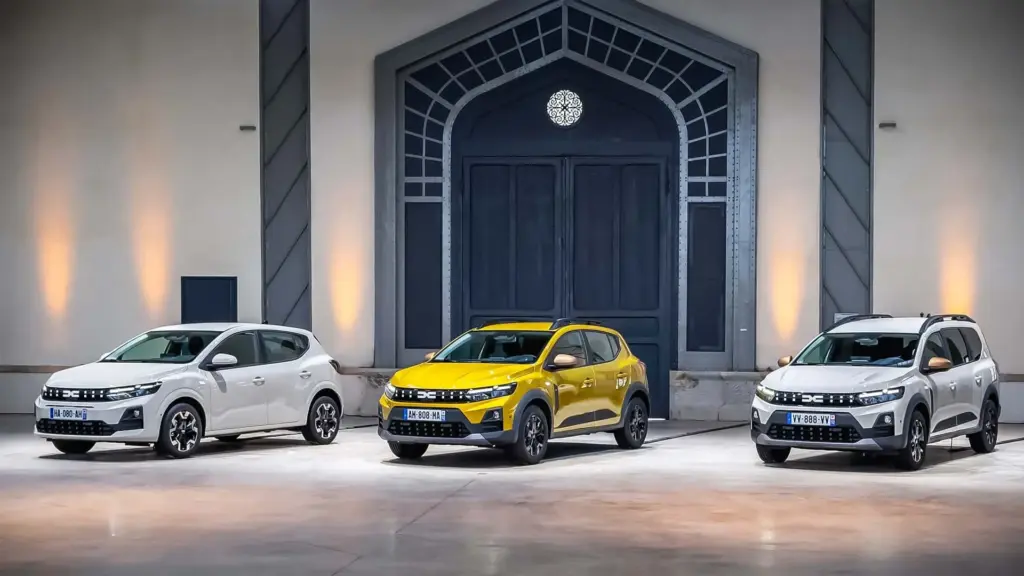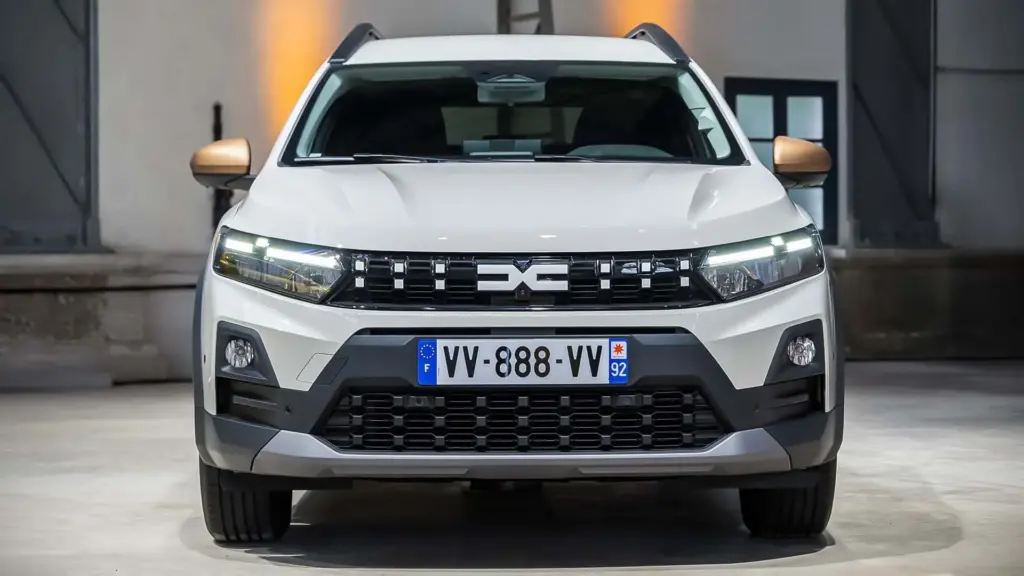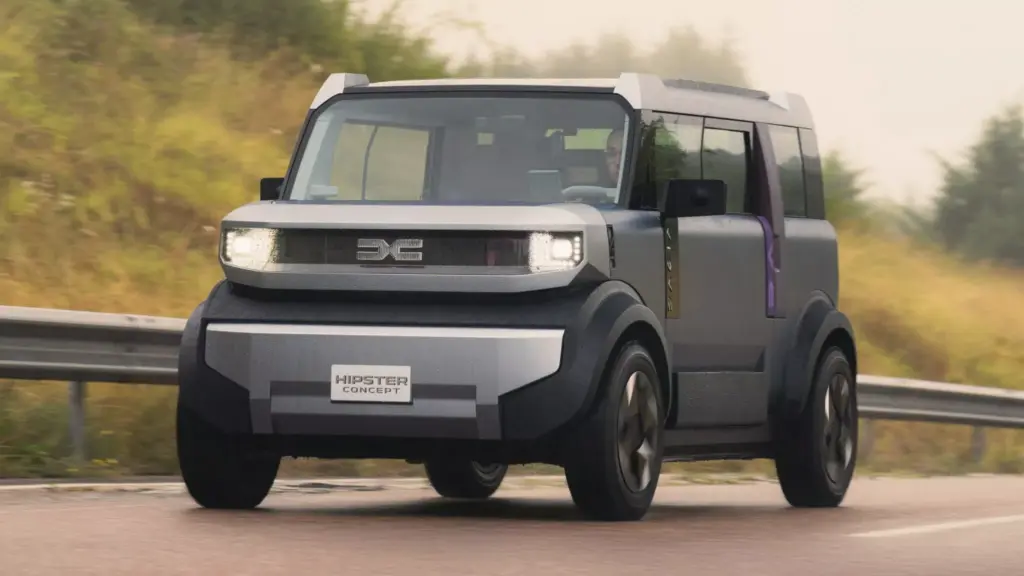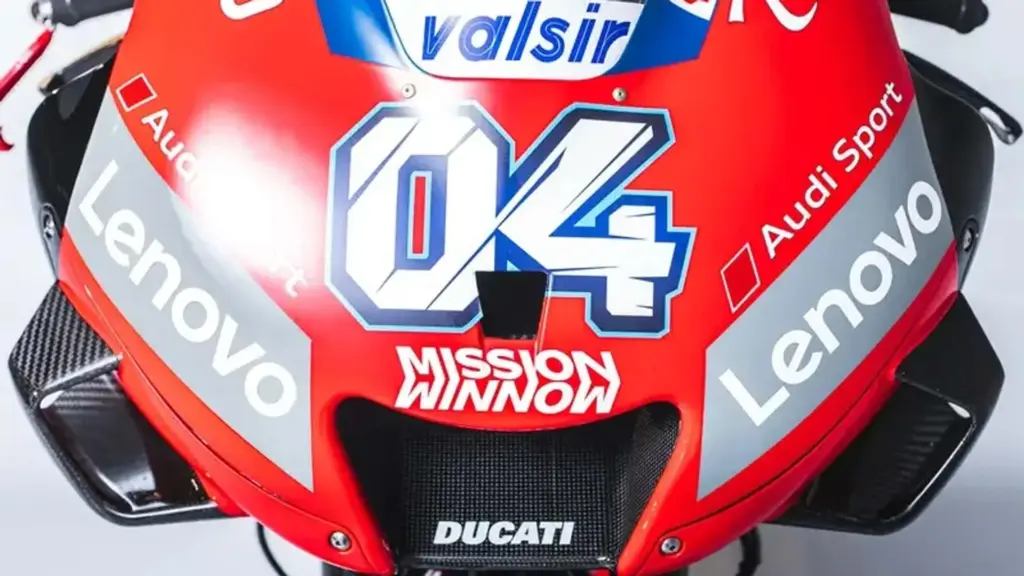Through its joint venture with Dongfeng in China, Nissan is playing hard to stay relevant in the world’s largest automotive market. Their answer? The Dongfeng Nissan N7, a mid-to-full-size electric sedan that promises cutting-edge technology and generous range at a surprisingly low price. Let’s dive into the full specs sheet and see if this bet has a chance to pay off.
Nissan N7: Dongfeng’s Electric Bet in China
Launched under the Dongfeng Nissan banner, the N7 is not just another electric car; it is a key piece in Nissan’s “The Arc” plan, which aims to roll out 30 new models by 2027, many of them electrified. This D-segment sedan is exclusive to the Chinese market, with production set to begin in 2025, highlighting the Japanese brand’s strategic focus on regaining ground there. It seems Nissan has realized it must adapt quickly, and the N7 is proof of that, even though other electrification efforts by Nissan in different segments, like hybrid pickups, are still in their infancy in other markets.
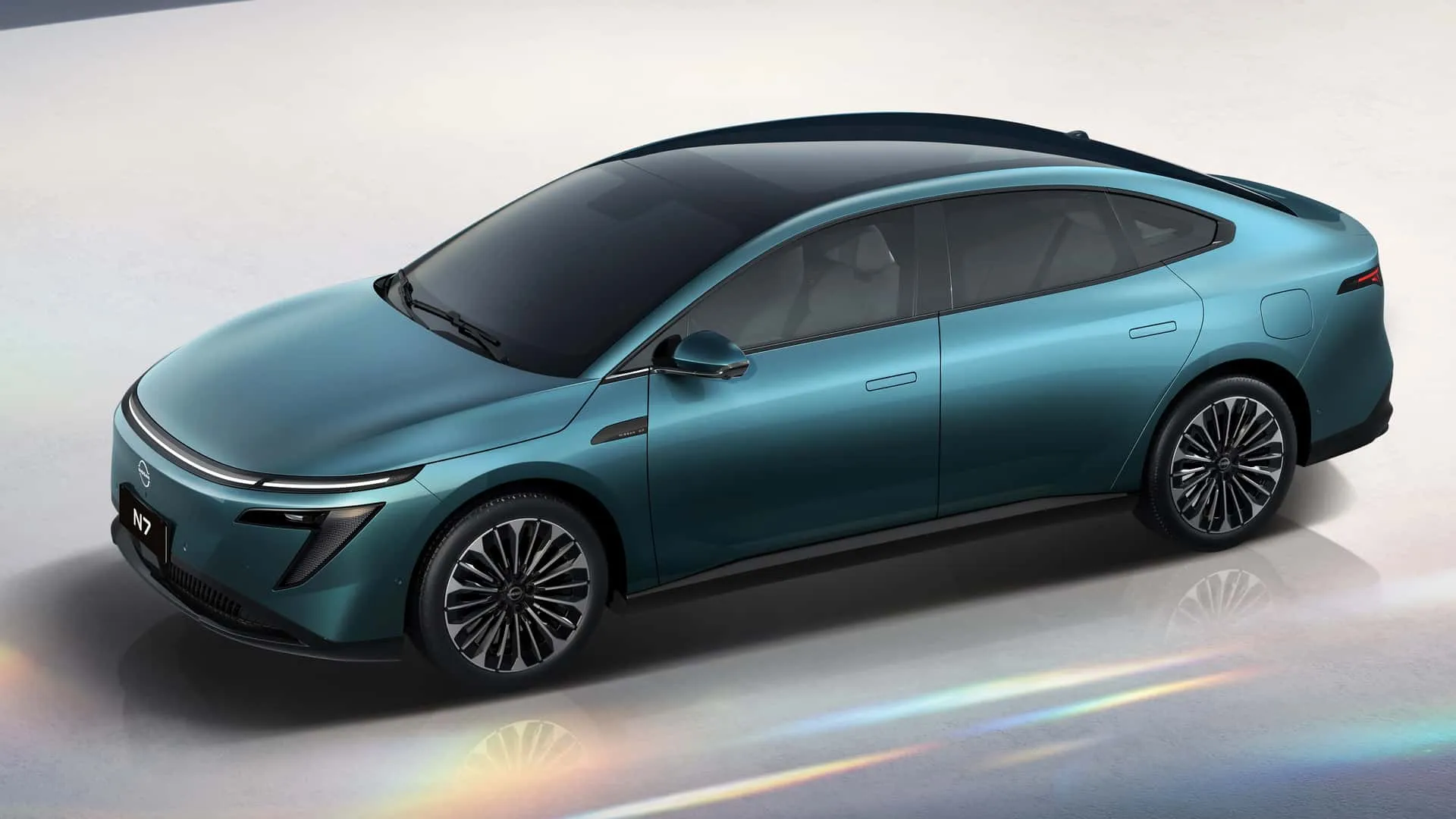
The N7 debuts the new “Tianyan” modular architecture developed by Dongfeng. This platform is flexible, designed to support not only fully electric vehicles (EVs) but also plug-in hybrids (PHEVs) and extended-range electric vehicles (EREVs). This suggests we may see more variations based on this architecture in the future, although the N7, for now, is purely electric and focused on delivering an appealing package for the Chinese consumer.
Design and Dimensions: Aerodynamic Elegance?
Measuring 194.1 inches (4,930 mm) in length with a generous 114.8-inch (2,915 mm) wheelbase, the Nissan N7 positions itself as a spacious sedan, ideal for families or executive use. Its dimensions firmly place it in the D-segment, competing with other mid-to-large sedans. The trunk capacity of 17.8 cubic feet (504 liters), including an underfloor compartment, is also a plus for practicality.
The design adopts Nissan’s V-Motion language but tailored for an EV, with a closed front grille and flowing lines. Flush door handles and the overall profile contribute to an impressively low drag coefficient (Cd) of 0.208. According to Carscoops, this makes it one of the most aerodynamic sedans on the market, even surpassing luxury models like the Mercedes EQS in some respects. However, some may find the design a bit generic or “bland,” a common critique of EVs focused on efficiency.
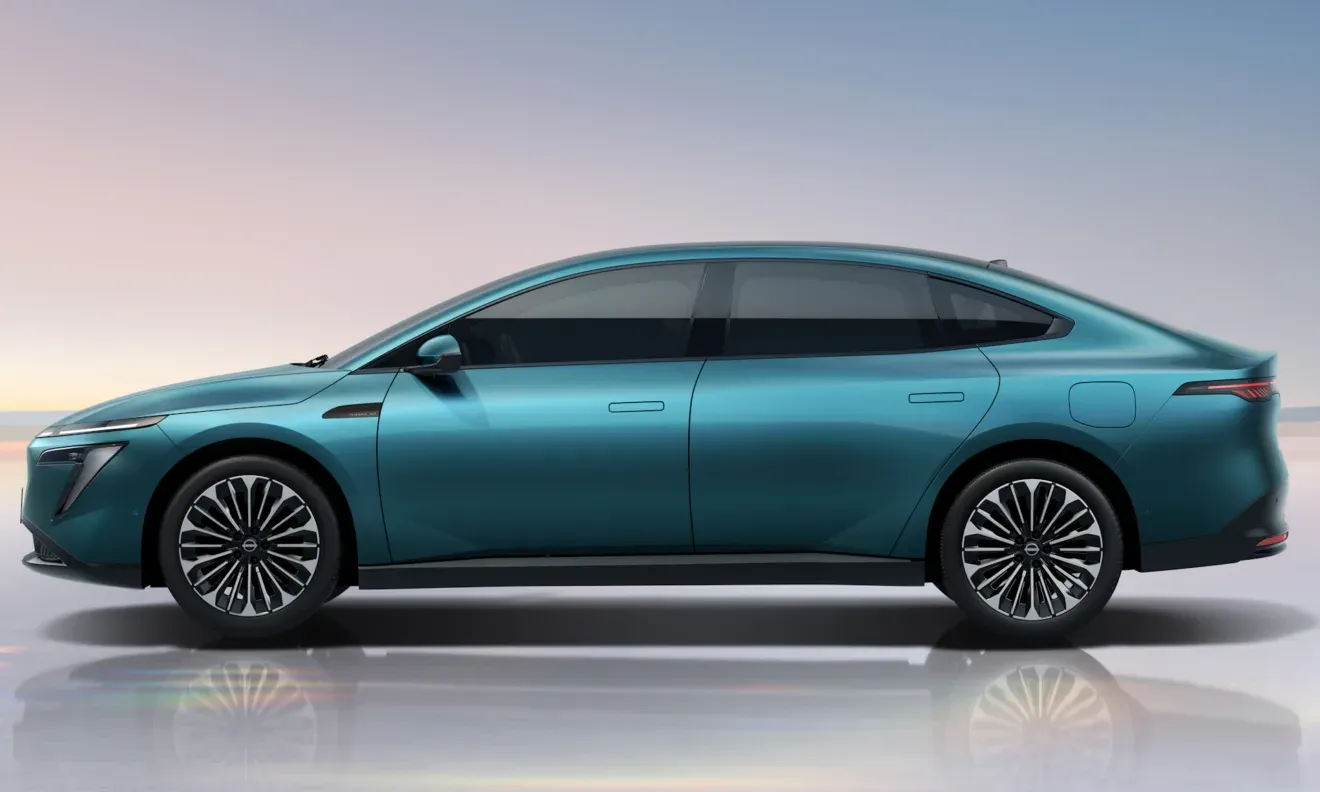
Visual Highlights
- Front lighting with 710 LEDs
- Rear taillights featuring 882 customizable OLEDs
- Flush door handles
- 17- or 19-inch wheels
Tech-Savvy Interior: Comfort and Connectivity at its Best
Inside, the N7 seems to deliver a lot for its price. The standout feature is the enormous 15.6-inch central screen with a 2.5K resolution, powered by the Snapdragon 8295P chip. According to ArenaEV, this system promises a smooth and responsive infotainment experience, with 32 GB of RAM and 256 GB of storage.
Comfort is not forgotten. The front “zero-pressure” seats feature 49 sensors and 12 massage points, as well as adjustable lumbar extension. Top trims offer a premium sound system with up to 14 speakers, including some retractable ones in the dashboard, adding a touch of sophistication.
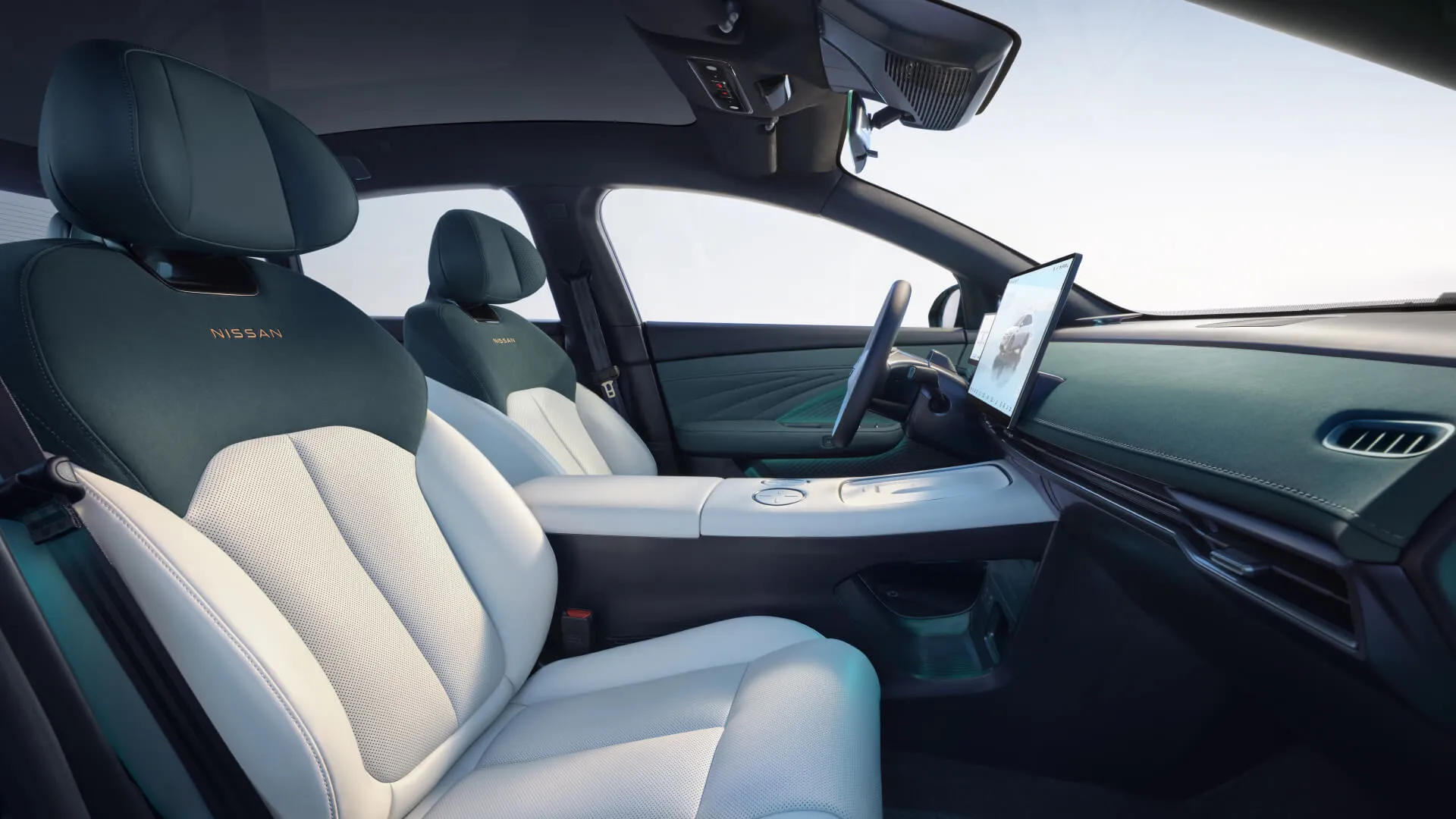
Onboard Luxuries
- 50W wireless charging
- Ambient lighting with 256 colors
- Panoramic sunroof
- Integrated refrigerator (14°F to 131°F / -6°C to 55°C)
Electric Powertrain: Range and Performance
The Dongfeng Nissan N7 uses a front-mounted permanent magnet synchronous electric motor, resulting in front-wheel drive (FWD). There are two power options: 160 kW (218 hp) or 200 kW (268 hp), both delivering 225 lb-ft (305 Nm) of torque. The transmission is a single-speed gearbox, as is common in EVs.
The batteries are LFP (lithium iron phosphate) type, known for durability and safety, available in 58 kWh or 73 kWh capacities. The declared range on the Chinese CLTC cycle varies between 317 miles (510 km) and an impressive 395 miles (635 km). It is important to note that the CLTC cycle tends to be more optimistic than EU WLTP or US EPA standards. Fast charging (3C) allows going from 10% to 80% in just 19 minutes, aligning with new fast-charging battery technologies emerging on the market.
Performance Table
| Battery Capacity | Range (CLTC) | 0–62 mph (0–100 km/h) | Top Speed |
|---|---|---|---|
| 58 kWh LFP | 317 miles (510 km) | 8.5 sec | 99 mph (160 km/h) |
| 73 kWh LFP | 395 miles (635 km) | 6.9 sec | 99 mph (160 km/h) |
Safety and Assistance: AI Onboard
The N7 comes equipped with an advanced driver-assistance system (ADAS) developed by Momenta, called “Navigate on Autopilot” (NOA). It offers semi-autonomous driving on highways and in urban environments, as well as full smart parking. Integration of DeepSeek-R1 artificial intelligence, as detailed by CnEVPost, promises driver intention recognition and natural language interaction, elevating the onboard experience.
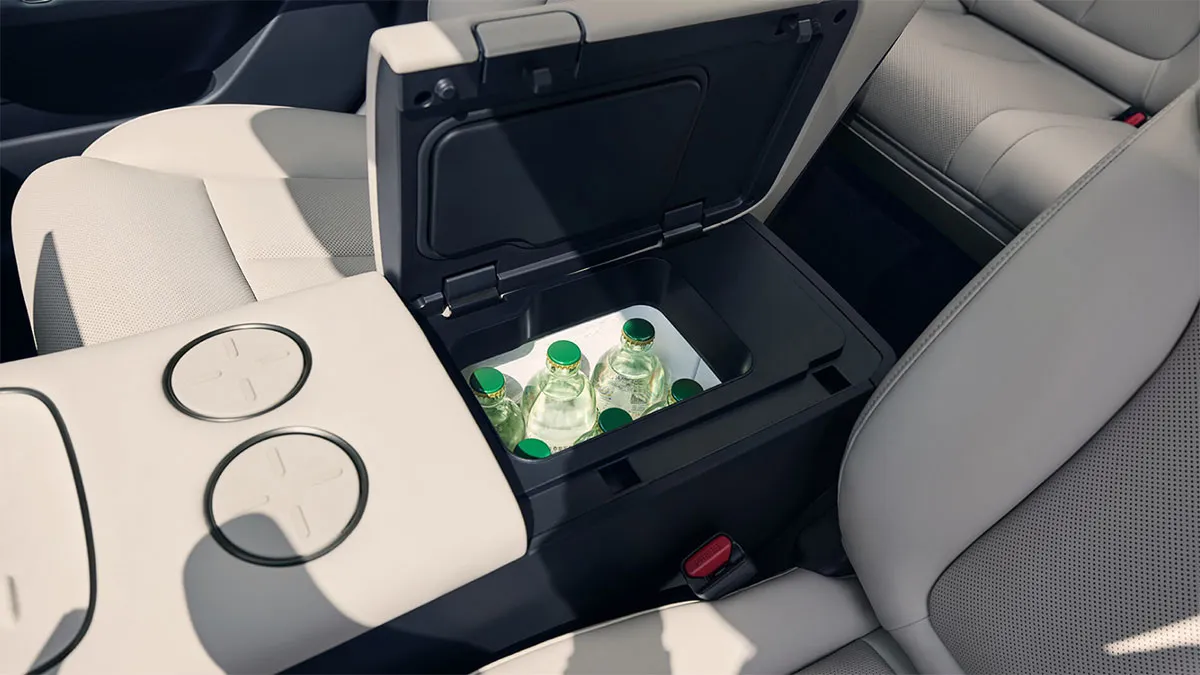
Other standard assist features include adaptive cruise control, automatic emergency braking, and lane-keeping assist. Interestingly, the N7 also includes a system to help prevent motion sickness, using subtle suspension adjustments (McPherson front, multi-link rear) to increase passenger comfort.
Price and Competition: Is the N7 Worth It?
This is where the Nissan N7 really shines (or tries to). Priced in China between 119,900 and 149,900 RMB, which is approximately $16,450 to $20,550 USD, it positions itself very aggressively. This puts it well below established competitors like the BYD Han and the XPeng P7. Taking on a direct competitor like the BYD Han, which starts near $28,000 USD, with such a competitive price point is a bold move.
While the N7 offers less power than some rivals and only front-wheel drive, its combination of range, onboard technology, and low price could be very attractive to Chinese consumers. The bet seems to be on perceived value, offering premium features and strong range at a significantly lower cost, capitalizing on fast-charging technologies seen in models like the XPeng G9, but focusing on cost-effectiveness.
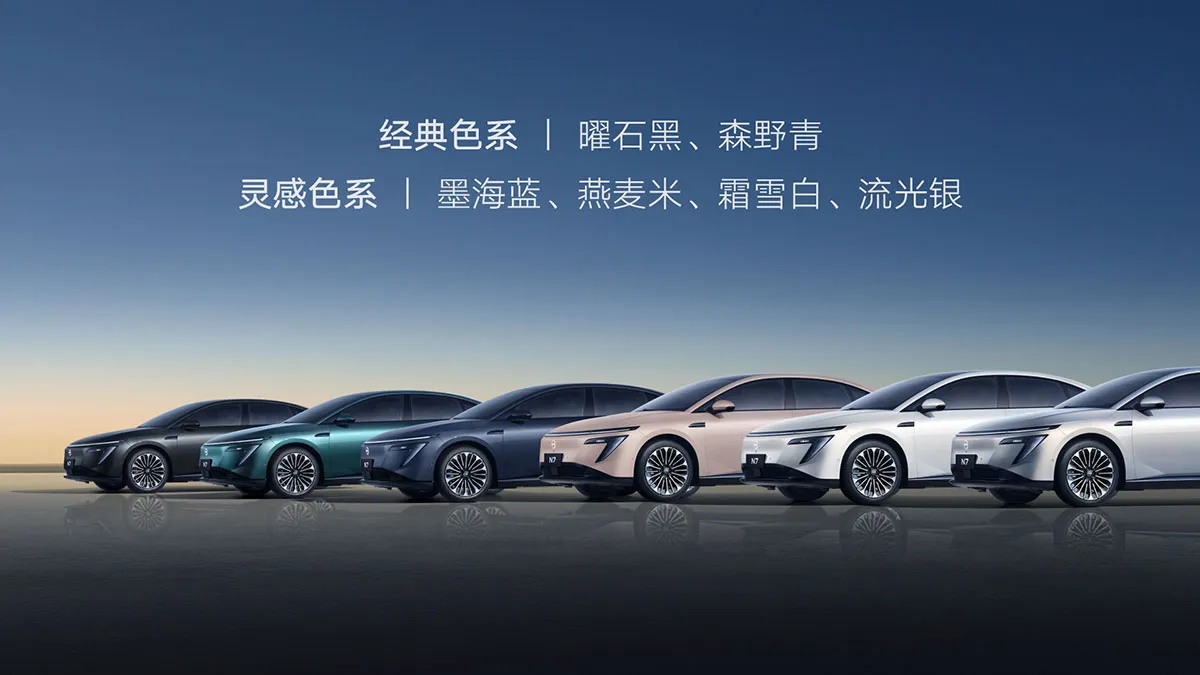
Quick Comparison (vs. BYD Han, XPeng P7)
| Feature | N7 73 kWh | BYD Han EV 605 mi (973 km estimated WLTP) | XPeng P7 586 mi (943 km estimated WLTP) |
|---|---|---|---|
| Approx. Price (USD) | $19,150 – $20,550 | $27,800 | $32,460 |
| Range (CLTC) | 395 miles (635 km) | 376 miles (605 km) | 364 miles (586 km) |
| Power (kW) | 200 kW | 180 kW | 196 kW |
| Cd | 0.208 | 0.230 | 0.236 |
Pros and Cons: What Weighs In?
Positives
- Extremely competitive pricing
- Segment-leading range (CLTC)
- Tech-loaded interior
- Record-breaking aerodynamics (Cd 0.208)
- Efficient fast charging
Negatives
- Exclusive to the Chinese market
- Front-wheel drive only (FWD)
- CLTC range could be optimistic
- Design considered understated by some
The choice of front-wheel drive (FWD) is interesting. While many EVs pursue rear-wheel drive (RWD) or all-wheel drive (AWD) for better driving dynamics, FWD generally allows for lower production costs and a flat rear floor, maximizing interior space. It’s a trade-off that makes sense in the N7’s price segment, though it sets it apart from the sportier appeal of rivals, including the competitive EV market where even SUVs like the Tesla Model Y dominate with RWD/AWD options.
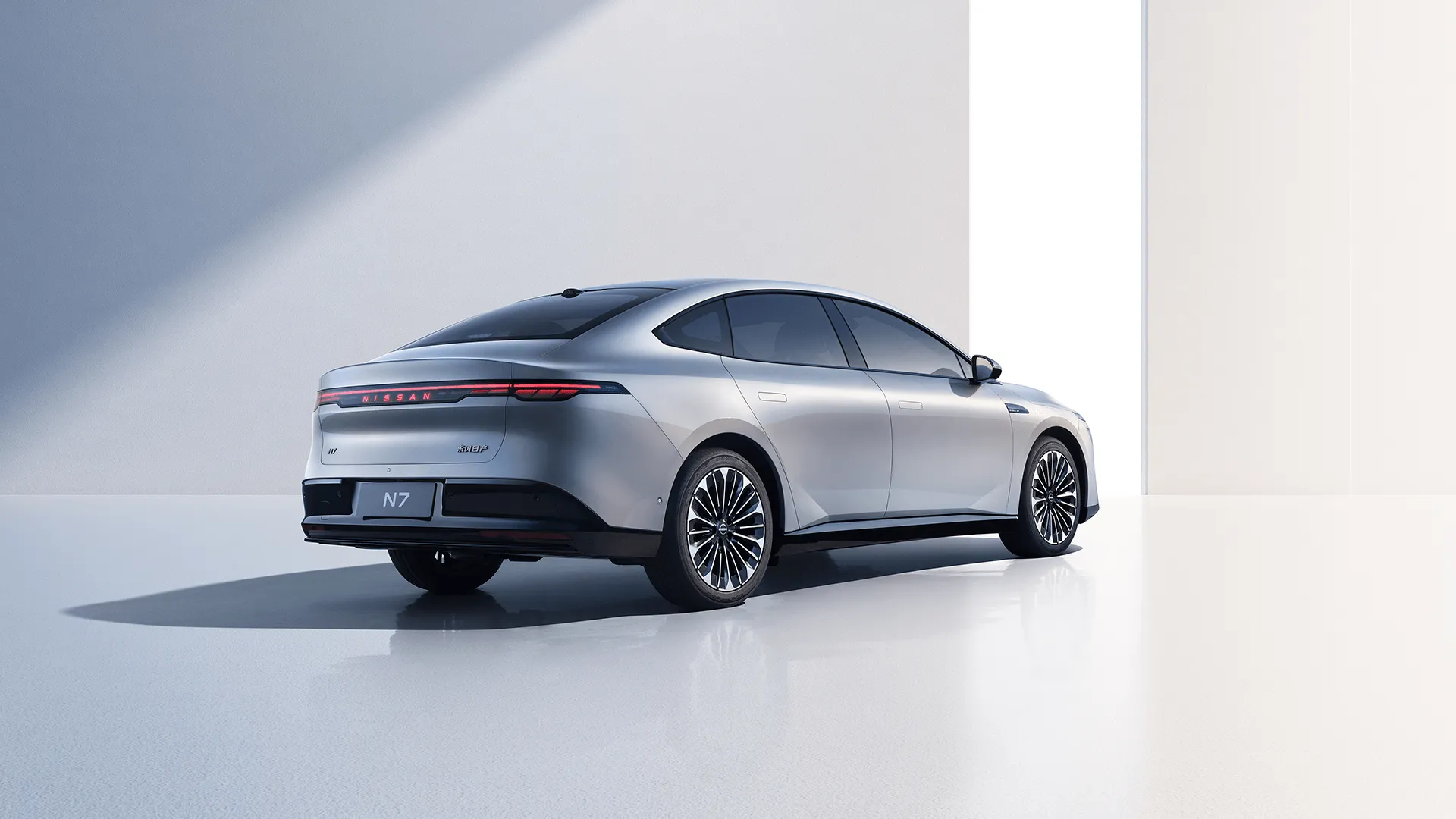
Frequently Asked Questions (FAQ) about the Dongfeng Nissan N7
FAQ
- Will the Nissan N7 be sold outside China?
Currently, there are no announced plans for export. The N7 was developed specifically for the Chinese market. - What is the real expected range of the N7?
The official range of up to 395 miles (635 km) is based on the CLTC cycle. Expect lower numbers (probably between 280-340 miles, or 450-550 km) on the more realistic WLTP or EPA cycles if tested accordingly. - Is the ADAS system with AI reliable?
It uses technology from Momenta and AI from DeepSeek, well-known companies in China. However, actual reliability will depend on independent testing and real-world use. Nissan News highlights this tech partnership. - Why does the N7 have front-wheel drive instead of rear-wheel drive?
Likely to reduce production costs and maximize interior space, focusing on comfort and practicality rather than sporty driving dynamics. - Does the low price compromise quality?
The aggressive pricing is possible due to local production in China, use of LFP batteries (which are cheaper), and the FWD setup. Perceived interior quality seems high, but long-term durability will only become clear over time. The Nissan N7 Wikipedia page compiles data from multiple sources about its specs.
The Dongfeng Nissan N7 appears to be a smart, calculated play for the Chinese market. It sacrifices a bit of dynamics (with FWD) and perhaps bolder styling in exchange for offering an impressive tech package, great (on-paper) range, and an almost unbeatable price. It’s a car that understands the priorities of many urban consumers in China: space, technology, efficiency, and above all, value. If build quality and real-world experience live up to the specs, it could indeed shake up the local competition.
What do you think of the Dongfeng Nissan N7? Do you believe this aggressive pricing and tech-focused strategy can work for Nissan in China? Leave your comment below!


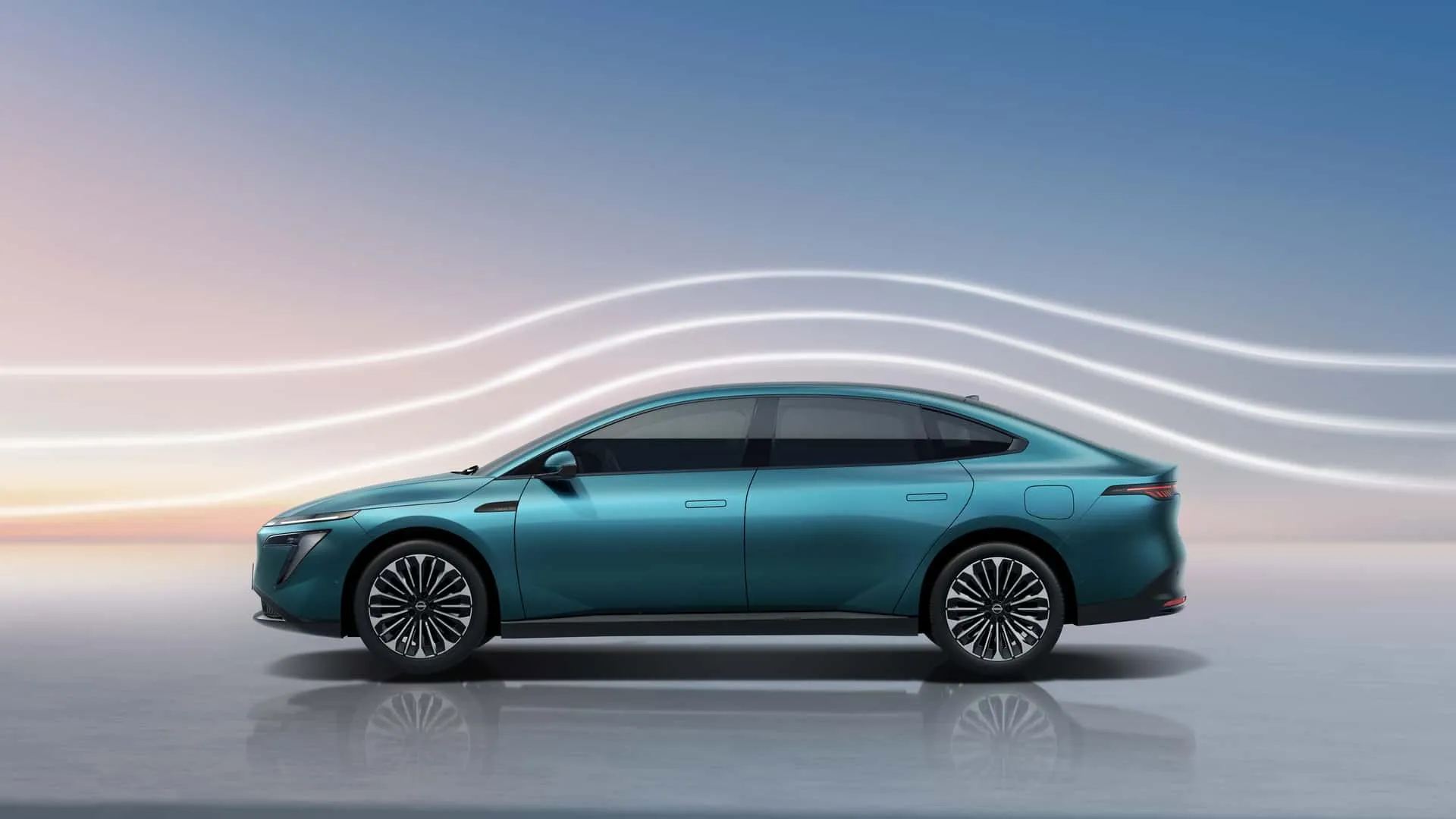

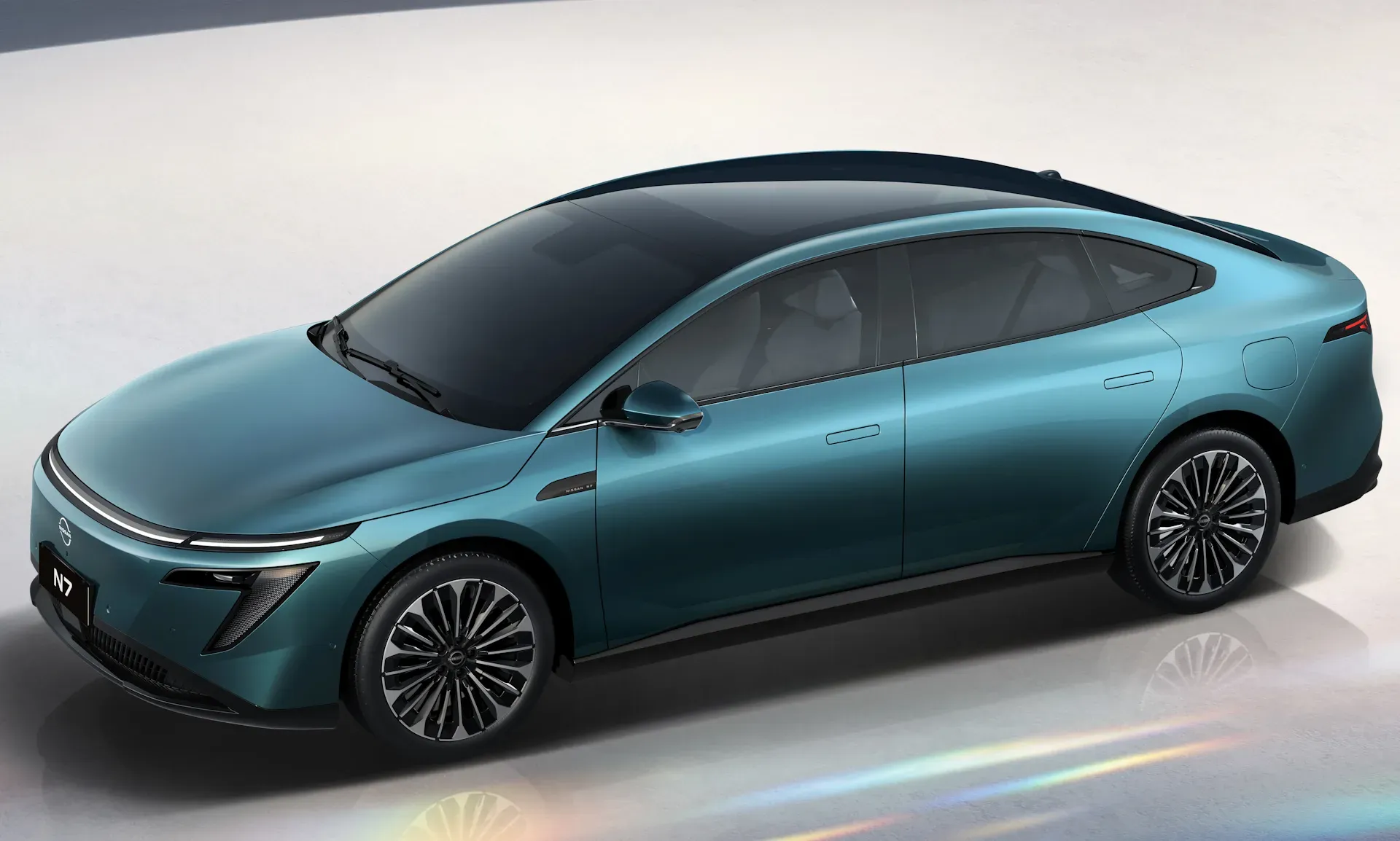
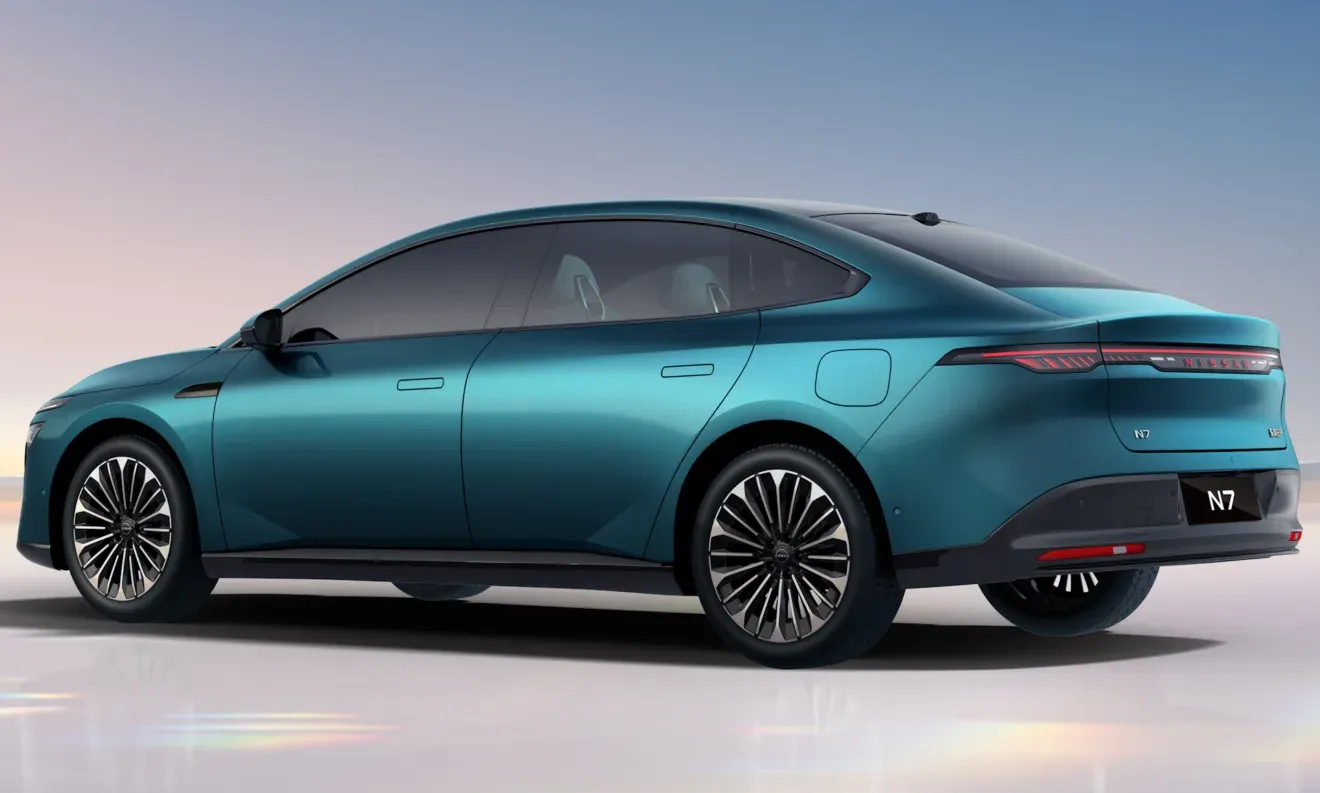

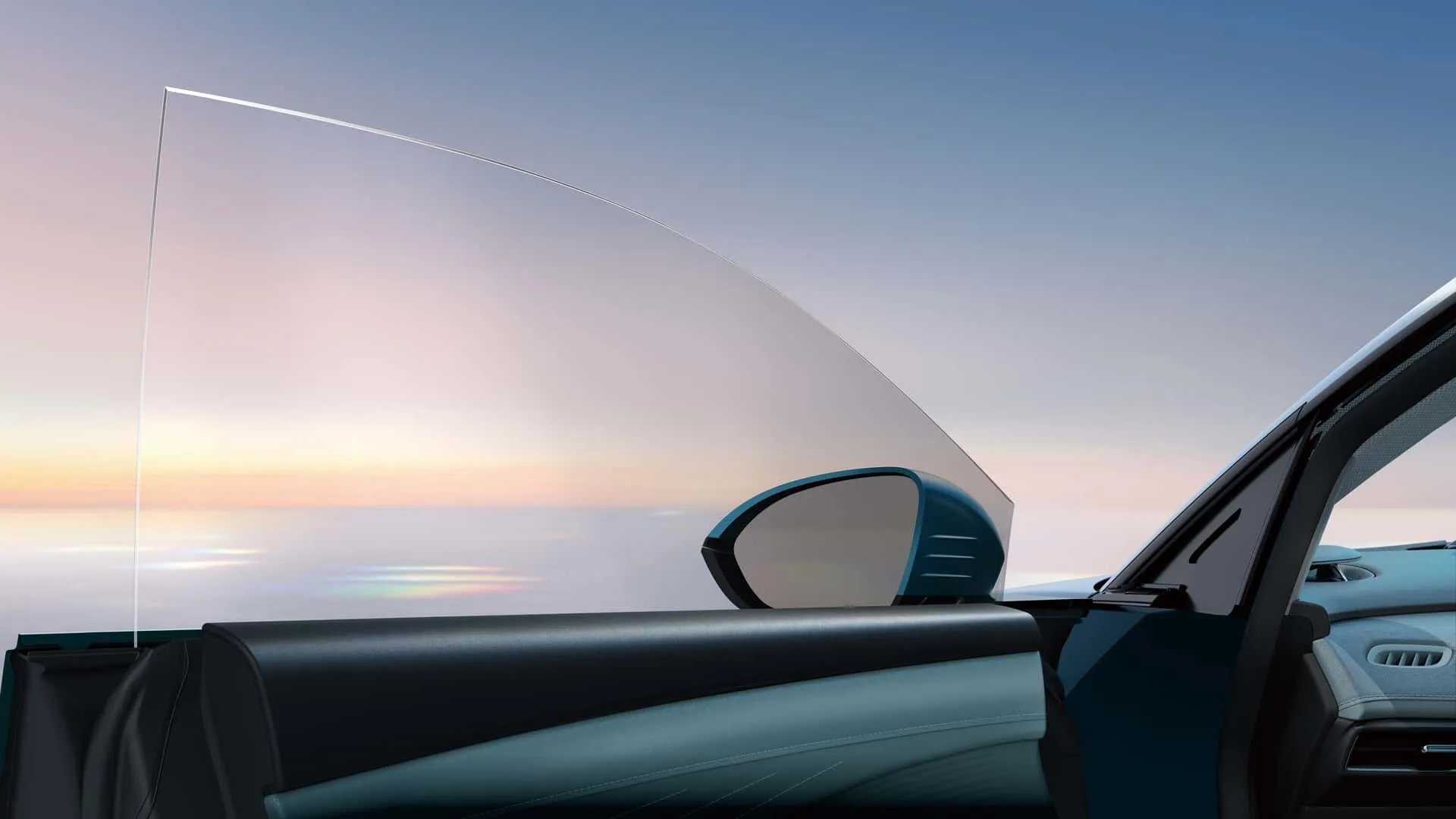


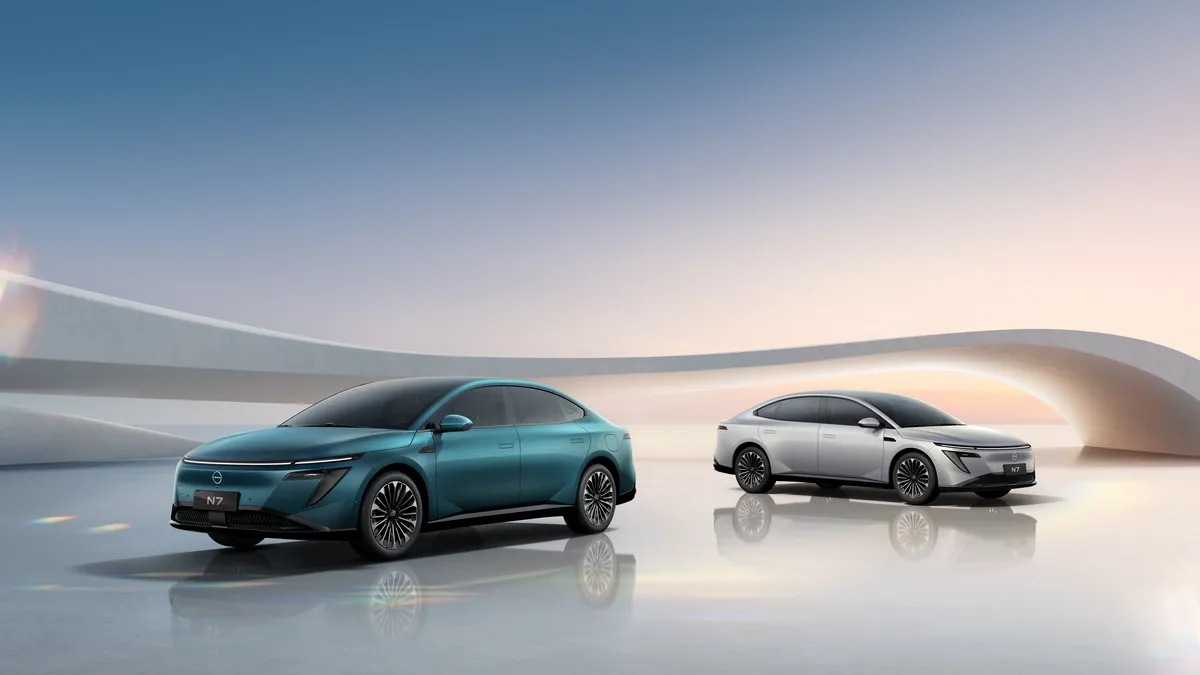

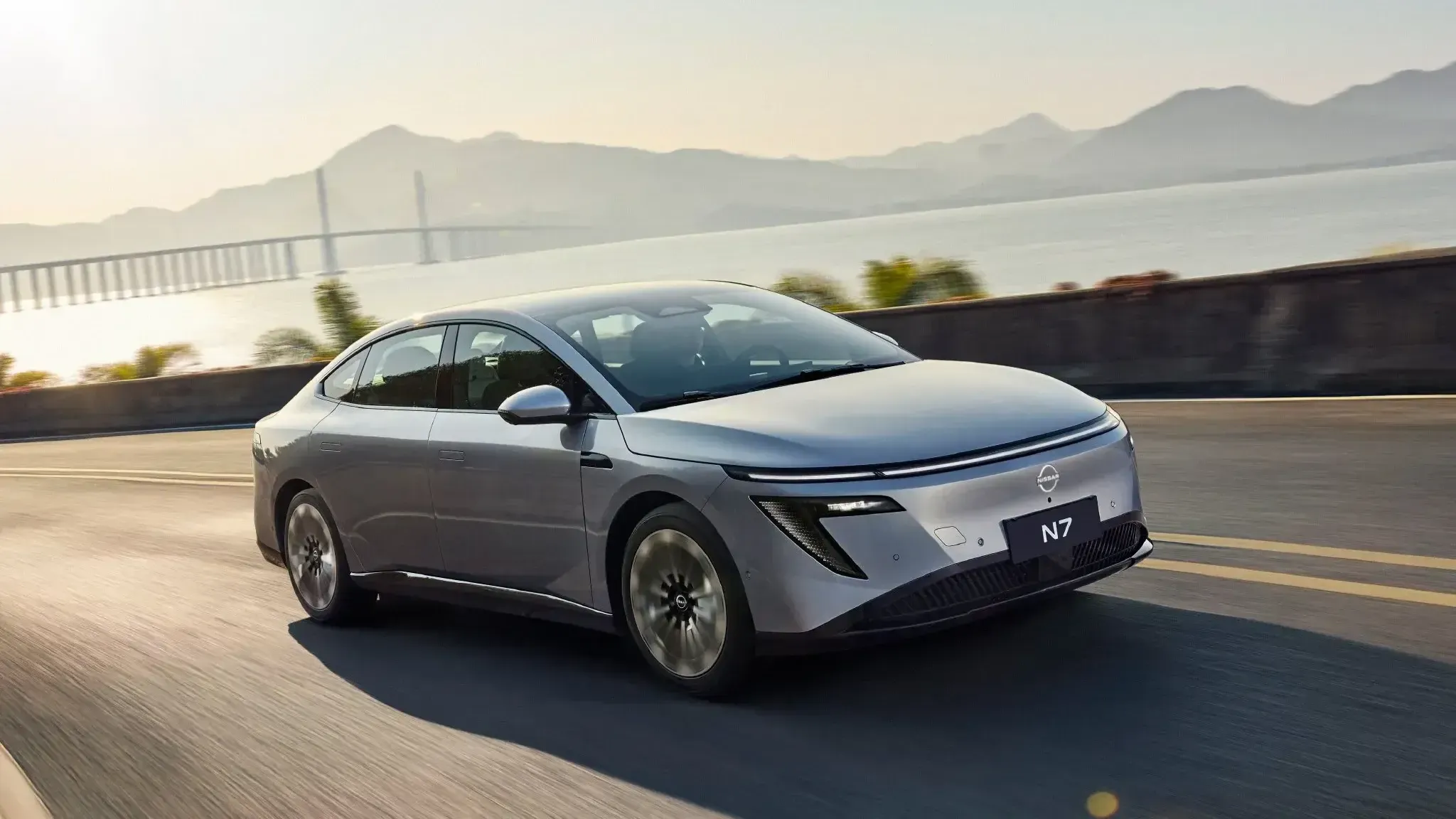

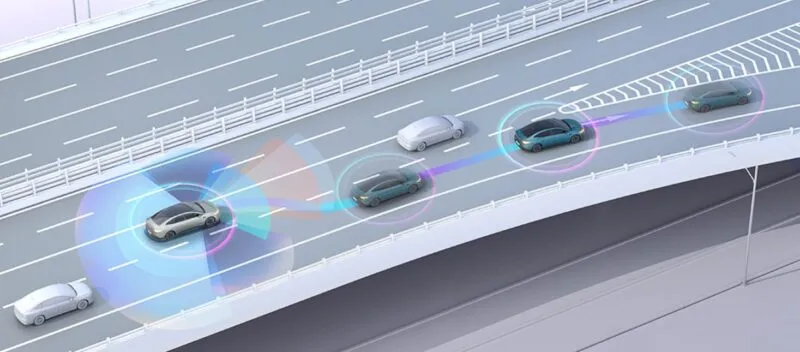
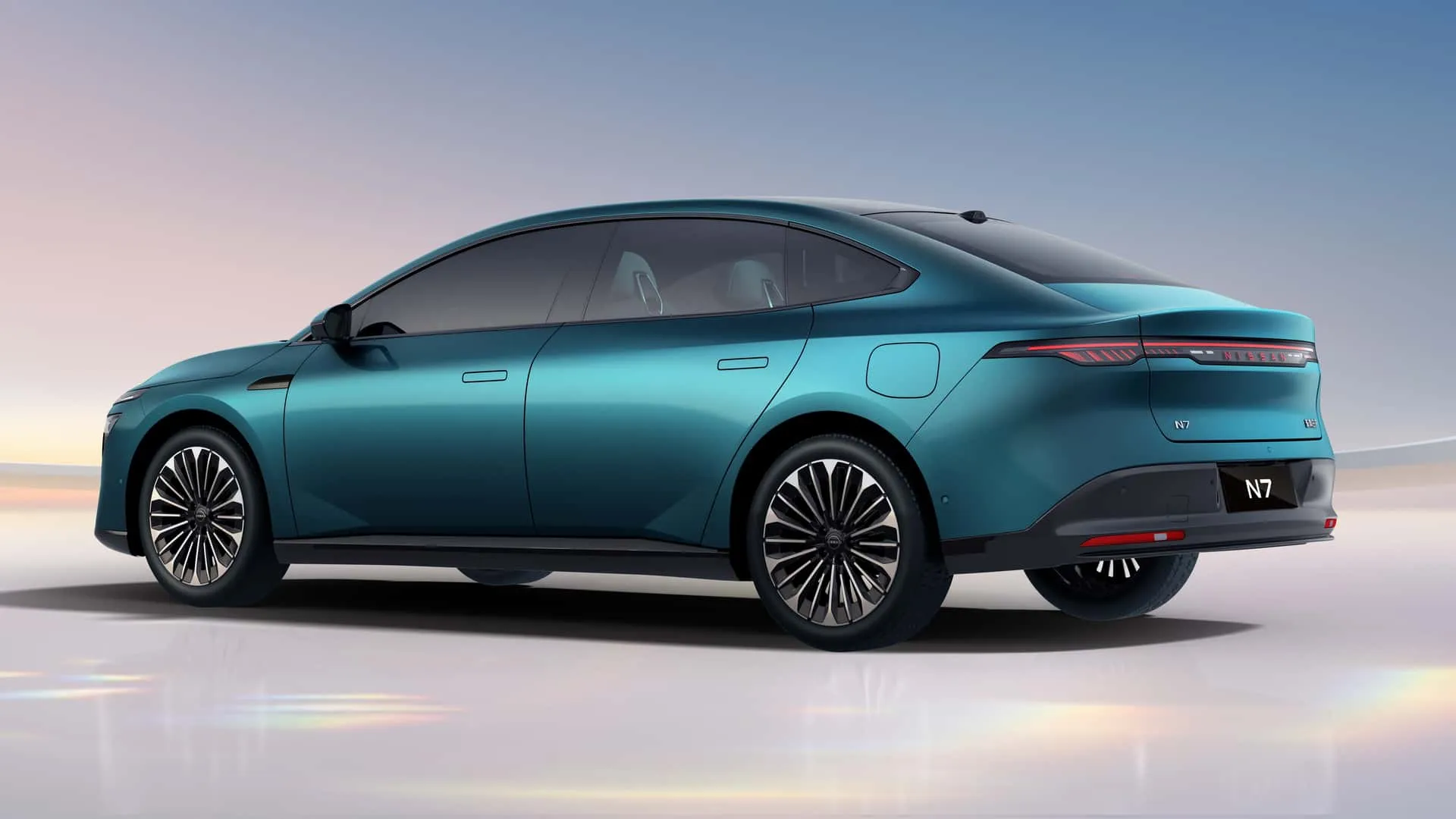
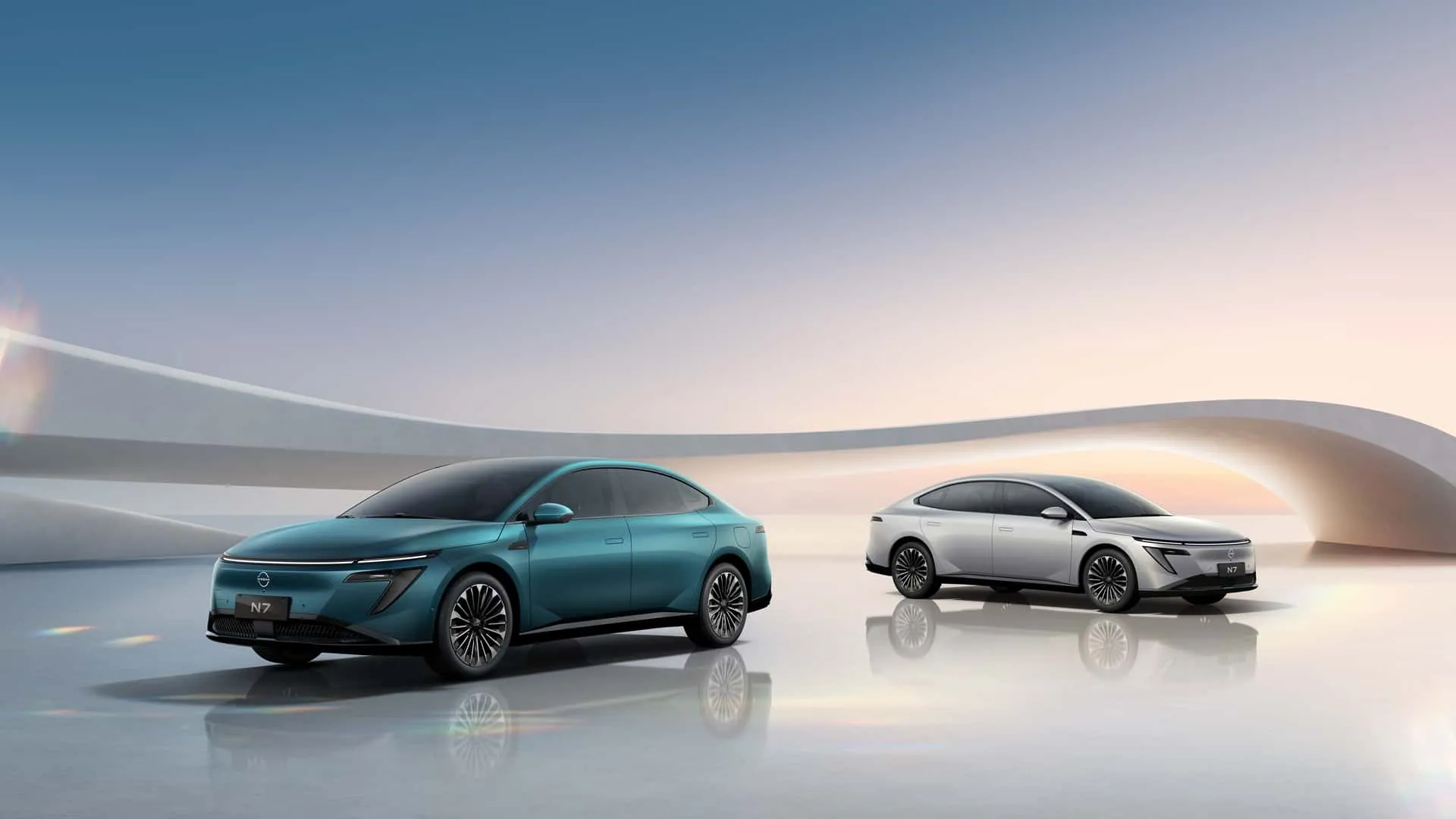
Author: Fabio Isidoro
Founder and editor-in-chief of Canal Carro, he dedicates himself to exploring the automotive universe with depth and passion. A car and technology enthusiast, he produces technical content and in-depth analyses of national and international vehicles, combining quality information with a critical eye for the public.

